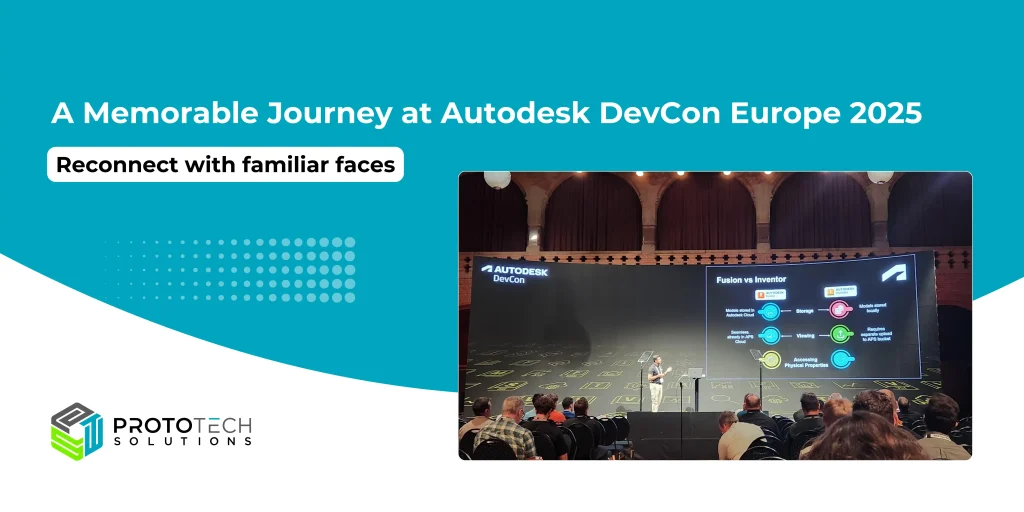Autocad Customization vs Revit Customization
Designers of computer-aided design would be aware of the popularity of Revit and AutoCAD. Both these softwares are owned by Autodesk and have been developed to meet the needs of designers, but their varying architecture sets them apart.
Improving the productivity is the immediate need for designers and architects, who look to apply intelligently customized industry’s best practices. In order to appease the special requirements of these designers or architects, customization comes into the picture.
Custom Applications in AutoCAD & Revit
Both AutoCAD, as well as Revit, provide API, using which we can write custom applications to suit our requirements and make it most compatible to be used in our process or system.
If you are planning on writing an utility on both AutoCAD and Revit, then you will definitely benefit from our write up.
The Revit API is different from the AutoCAD API. The entire underlying principles, workflows, and paradigms are completely different.
Fortunately, at ProtoTech Solutions we have experienced in AutoCAD as well as Revit customization. Read along to know more about our experience.
AutoCAD customization:-
You would be able to enjoy more freedom to customize around with the AutoCAD database and its elements in any way. Here’s a look at the benefits of using AutoCAD Customization:
- The AutoCAD architecture comprises of a Customize User Interface (CUI), which enables you to dovetail your drawing environment to suit your requirements. You can customize AutoCAD as you want
- AutoCAD is a boundary representation (B-REP) based geometry, which uses a combination of precise geometry and boundary topology to represent objects such as solids, surfaces, and wires
- AutoCAD enables you to create your geometry easily and use it efficiently to create lines, arcs, circles, polylines and splines. Even complex objects such as Layers, Groups, Blocks and Xref’s can be easily created and used with AutoCAD Customization
- AutoCAD Customization uses C++ for an API, which can boost the performance of AutoCAD while rendering or during geometric calculations
- AutoCAD is command-driven, which means all methods of interacting with the program are with commands – whether through the ribbon, menus, toolbars or command line. (There is web version of AutoCAD http://autocad.io/ )
Customizing AutoCAD has several benefits, but users looking to use it for parametric geometry may not be able to get desired results. Though Parametric Constraint feature has been added to AutoCAD 2010, parametric geometry can be tricky in AutoCAD. Additionally, AutoCAD does not support scheduling/estimations by default.
Revit Customization:-
In Revit API, all elements are completely parametrically driven and everything is tightly linked to everything else. Its API has incredibly efficient and powerful functionality that needs to be understood in depth before starting to customize it. Here’s a brief lowdown on the same:
- We can customize Revit UI workflow or a part of it
- We can customize this workflow by adding extra constraints but we cannot bypass basic required constraints of Revit (i.e BIM)
- We need to create separate geometry with proper templates for its definition and then import it into our project for use
- Revit uses BREP but does not have API exposed to full extents of it (Revit 2017 will have BREPUtils which should make this easier)
- Users can design real-world entities using Revit, as it helps create parameterized geometry and allows making changes to the geometry according to the parameters
- Performance of Revit decreases exponentially with the higher number of entities present in the project
- The journaling feature of Revit can be used to drive it via scripts because Revit cannot be driven by commands
- Revit supports Scheduling, Estimations, and work-sharing, which are unique and useful features for any design workflow. You can hence, automate work-sharing by synchronizing information to a central file located on the server, while others go on to use multiple devices for their respective work
There are many more similarities and dis-similarities between AutoCAD and Revit Customization. We tried to come up with a few of our observations, based on our experiences. Please feel free to drop in your experiences or thoughts around AutoCAD v/s Revit customization.
Author: ProtoTech Solutions
Contact us:
info@prototechsolutions.com
ProtoTech Solutions and Services Pvt Ltd



